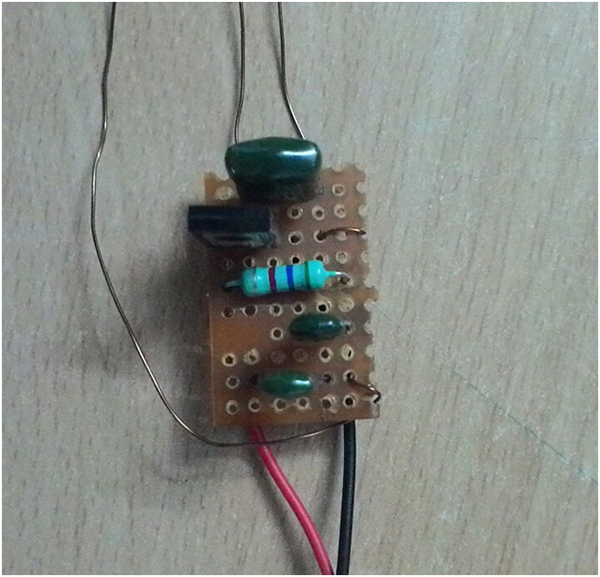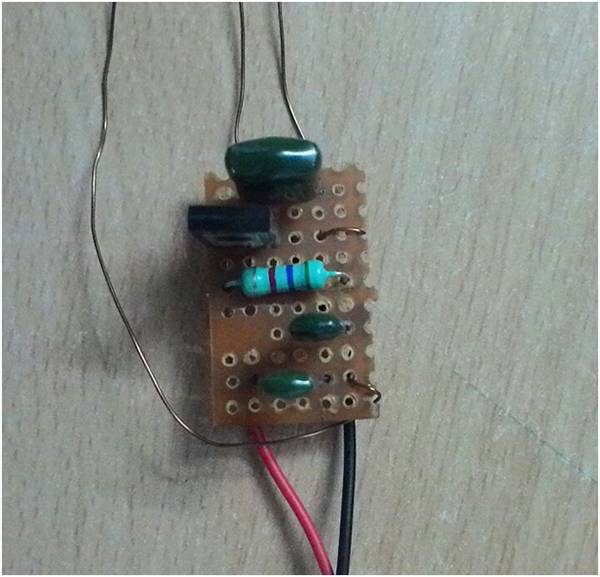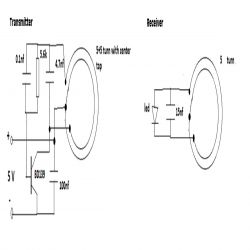The basic objective of this project is to transmit electrical energy wirelessly.
Wireless power transfer (WPT) or wireless power transmission is the transmission of electrical energy from a power source to a consumer device without using wires or solid conductors. Wireless transmission is useful for powering electrical devices in cases where wire interconnection is inconvenient, dangerous, or impossible.
The basic objective of this project is to transmit electrical energy wirelessly.
Wireless power transfer (WPT) or wireless power transmission is the transmission of electrical energy from a power source to a consumer device without using wires or solid conductors. Wireless transmission is useful for powering electrical devices in cases where wire interconnection is inconvenient, dangerous, or impossible.
Wireless power techniques fall into two categories: non-radiative and radiative.
In near-field or non-radiative techniques, energy is transferred over short distances by magnetic fields using inductive coupling between coils of wire.
In radiative or far-field techniques, also called beam energy, energy is transmitted by beams of electromagnetic radiation, such as microwaves or laser beams.

Fig. 1: Prototype wireless power transfer model
Working:
The Circuit consists of two main parts, the first is the Transmitter and the second is the Receiver.
Transmitter:
The transmitter has 2 main parts: oscillator circuit and inductive coil.
The oscillator circuit is a modified Hartley oscillator.
The Hartley oscillator is an electronic oscillator circuit in which the oscillation frequency is determined by a tuned circuit consisting of capacitors and inductors, i.e. an LC oscillator.
The circuit consists of a single capacitor in parallel with a single tapped inductor coil, and the feedback signal required for oscillation is obtained from the center connection of the tapped inductor.
The inductor coil is made of a copper wire (28 AWG) with number of turns 5 in each coil with a diameter of 5 cm. There are 2 coils connected in series.

Fig. 2: Transmitter Prototype for Wireless Power Transfer
Receiver:
Receiver circuit has a single coil (28 AWG) of 5 cm in diameter and number of turns 5 in parallel with a capacitor.

Fig. 3: Receiver prototype for wireless power transfer
Circuit diagrams
| Wireless power transmission_4_1 |  |

